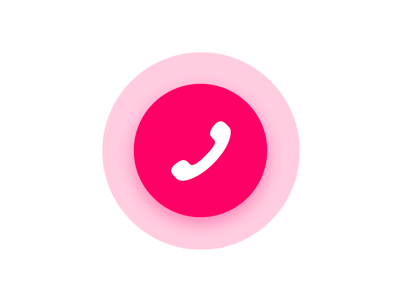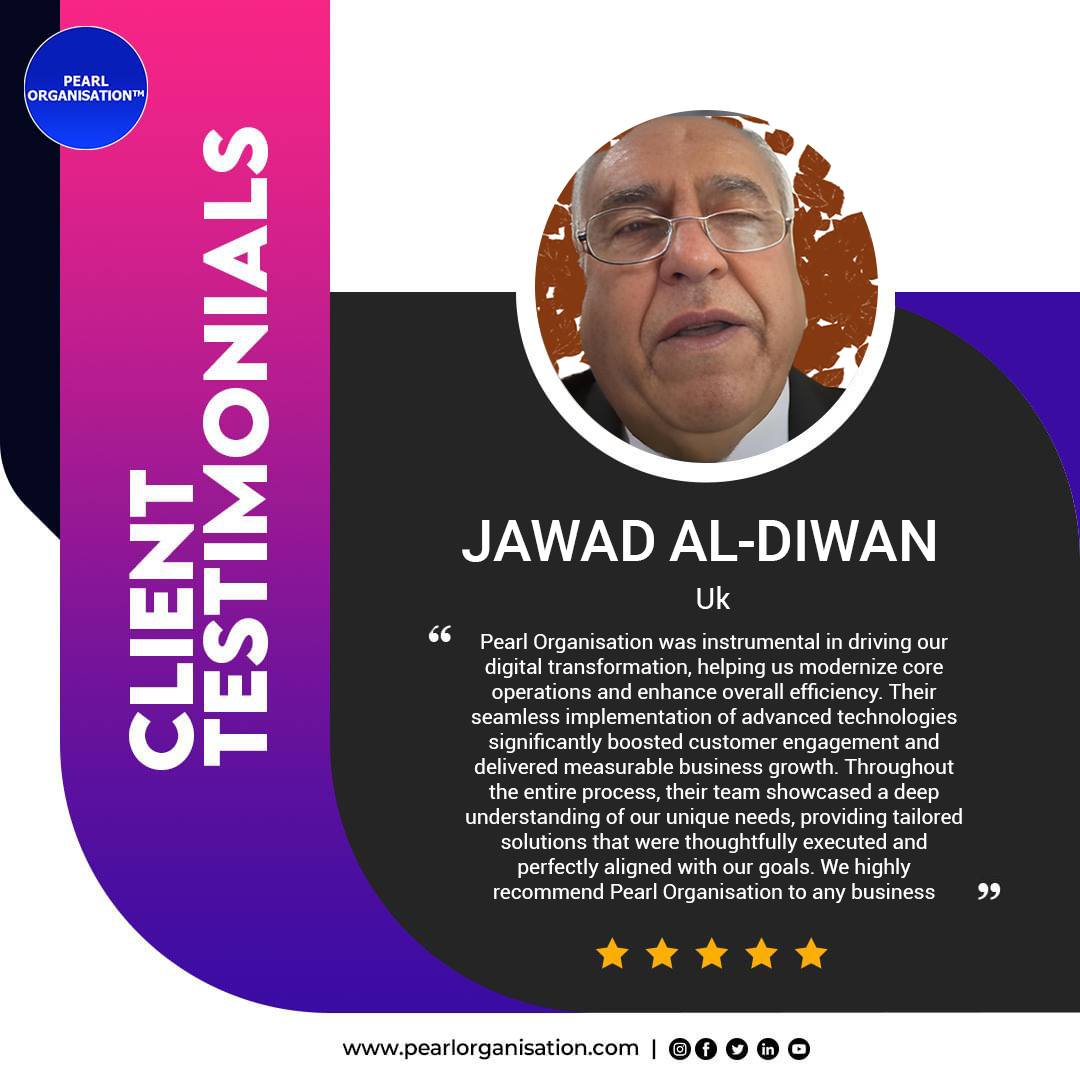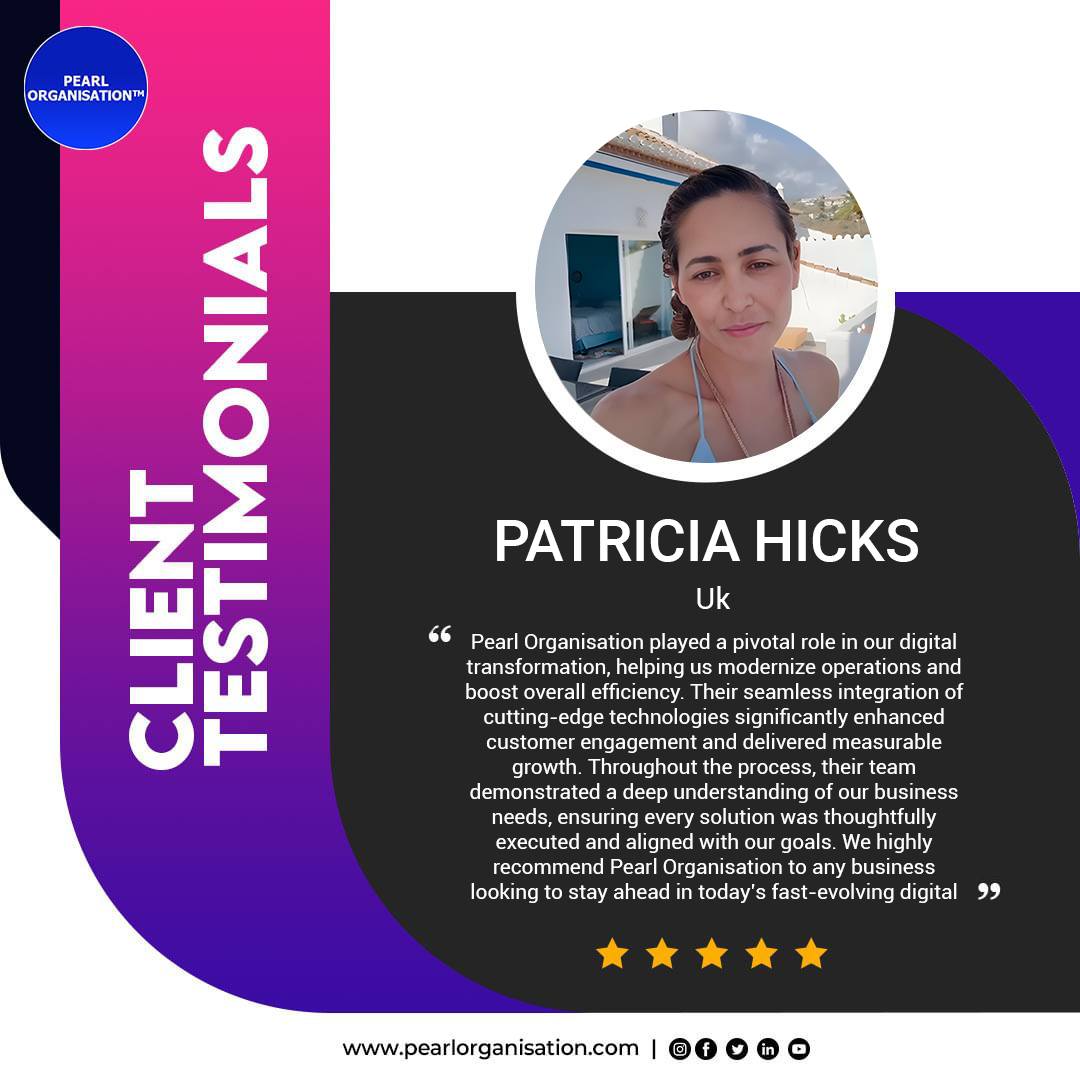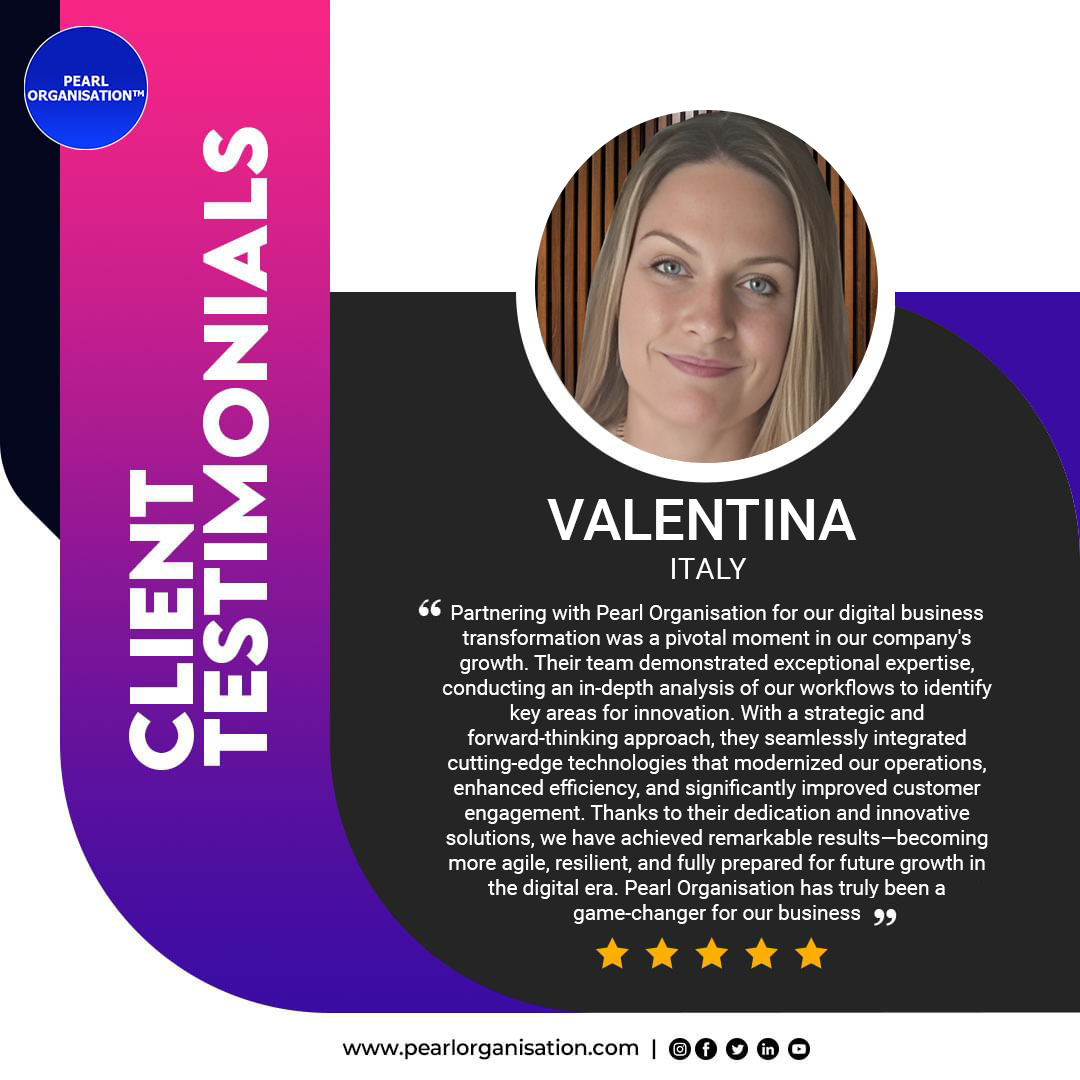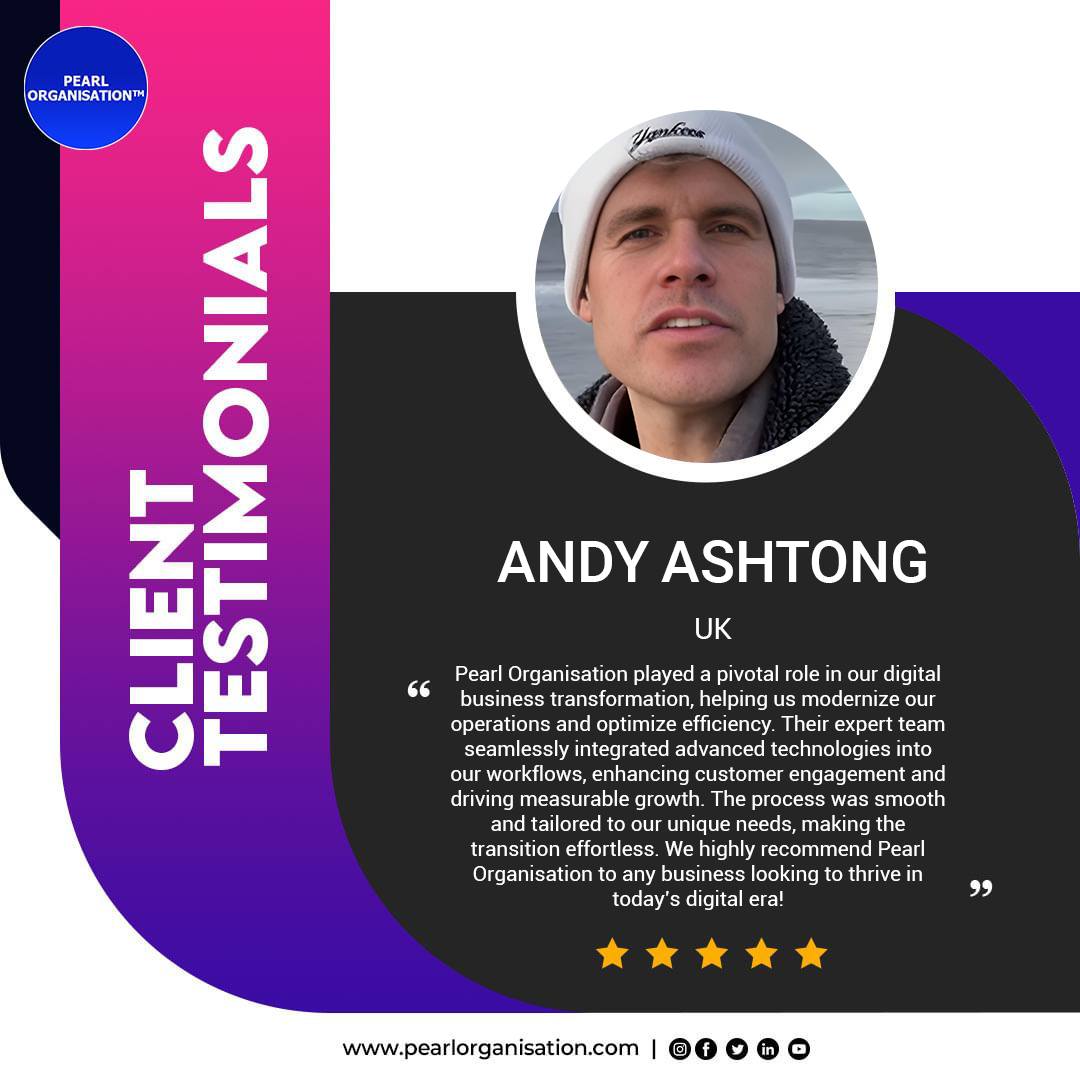Design Systems: Why Your App Needs One in 2025
- Larrisa

- May 28
- 6 min read
Pearl Organisation | Best Application Development Services

In today’s hyper-competitive digital landscape, speed, scalability, and user consistency are everything. Whether you’re building a startup MVP or an enterprise SaaS platform, having a design system is no longer a design team luxury—it’s a product development necessity.
At Pearl Organisation, we’ve seen firsthand how a properly implemented design system accelerates development, reduces design debt, improves team collaboration, and enhances overall user experience. That’s why we integrate design systems into every app we develop under our Best Application Development Services.
💡 What Is a Design System?
A design system is a collection of reusable components, UI patterns, guidelines, and documentation that standardizes how your application looks and behaves. It serves as a single source of truth for designers, developers, and product managers.
A good design system typically includes:
In simple terms, it’s like a blueprint and toolkit rolled into one.
🚀 Why Your App Needs a Design System in 2025
1. Accelerated Development with Reusable Components
With a design system in place, developers no longer need to reinvent the wheel for every button or card. Instead, they use pre-approved, tested components, dramatically reducing development time and effort.
➡️ Result: Faster MVP launches, shorter release cycles, and reduced engineering hours.
2. Consistent User Experience Across Platforms
Inconsistencies in color, spacing, or layout create confusion and erode user trust. A design system ensures every part of your app looks and feels the same—no matter who builds it or which platform it’s on.
➡️ Result: Stronger brand identity and seamless multi-platform experiences (web, mobile, tablet).
3. Improved Cross-Team Collaboration
Design systems act as a common language between designers, developers, QA teams, and stakeholders. This reduces friction, miscommunication, and last-minute design surprises during handoffs.
➡️ Result: Smooth design-to-dev transitions and fewer iterations post-launch.
4. Scalability for Growing Products
As your app grows in complexity or scale—new features, new markets, or new teams—a design system becomes a scaling enabler. New contributors onboard faster, and product consistency is maintained regardless of team size.
➡️ Result: Sustainable product growth without sacrificing quality or speed.
5. Cost Efficiency and Design Debt Reduction
In traditional workflows, repetitive design decisions, inconsistencies, and “patch fixes” increase technical debt and design debt. Design systems centralize decisions, making future updates easier and cheaper.
➡️ Result: Lower long-term design and development costs.
6. Built-in Accessibility Compliance
Modern design systems (like Material Design, Carbon, or Lightning) come with WCAG-compliant standards. This ensures your app is accessible to users with disabilities from day one.
➡️ Result: Legal compliance + inclusivity = broader user base.
7. Faster Iterations and A/B Testing
Need to run an A/B test for a new button style or layout? Design systems let you plug and play components without re-coding everything.
➡️ Result: Faster user testing, more agility in design experiments.
📊 Real-World Impact of Design Systems
“After implementing a custom design system for a healthcare SaaS client, we reduced new feature delivery time by 48% while improving user retention by 33%.”– Pearl Organisation Case Study
“One of our eCommerce clients saw a 22% increase in mobile engagement after redesigning their app using a unified design system built by our UI/UX team.”– Pearl Organisation, Application Development Division
🛠️ Tools We Use at Pearl Organisation to Build Design Systems
We use the most advanced tools for collaborative, scalable design system creation and management:
🎯 How Pearl Organisation Helps You Build Design-Driven Applications
As a leading application development company in India, Pearl Organisation embeds design thinking and design systems into every phase of the development lifecycle. We don’t just build apps—we craft experiences that are:
✔️ Visually consistent
✔️ Pixel-perfect across platforms
✔️ Built to scale and evolve
✔️ Developed faster with fewer bugs
✔️ Loved by users and stakeholders alike
From discovery and wireframes to MVP and product scaling, our design system-led approach ensures your product is future-ready from the start.
📍 Why Design Systems Matter More in 2025 Than Ever Before
The rise of multi-platform user journeys (web, mobile, wearable, voice UI)
Demand for rapid prototyping and faster go-to-market
Increasing emphasis on inclusive design and accessibility
Growth of remote product teams, requiring more structured workflows
Evolution of component-driven front-end frameworks (React, Angular, Vue)
Design systems are not just about efficiency—they’re strategic assets that future-proof your application development process.
🔗 Related Services Offered by Pearl Organisation
Explore more at:
📞 Ready to Build Your Own Design System?
Let’s make your app scalable, beautiful, and development-friendly.
Partner with Pearl Organisation—India’s leading application development company—trusted by global brands, startups, and enterprises since 2017.
Frequently Asked Questions – Design Systems & App Development by Pearl Organisation
1. What is a design system in application development?
A design system is a comprehensive library of reusable UI components, guidelines, and standards used to build consistent and scalable digital products. It includes visual styles (colors, typography), components (buttons, forms, modals), interaction rules, and documentation for designers and developers to collaborate effectively. Pearl Organisation implements design systems to ensure speed, quality, and consistency across all apps we develop.
2. Why is a design system important for app development in 2025?
In 2025, apps are expected to be more scalable, accessible, responsive, and multi-platform than ever. A design system ensures:
Faster development cycles
Consistent user experience across devices
Reduced design and technical debt
Better team collaboration
Easy scaling as your app grows
It’s a strategic tool for building modern digital products that meet current and future user expectations.
3. What is included in a typical design system built by Pearl Organisation?
Our custom design systems typically include:
Design tokens (for consistent colors, spacing, typography)
Reusable components (buttons, cards, forms, navbars, etc.)
Responsive grid systems and layouts
Accessibility guidelines (WCAG compliance)
Documentation (interactive libraries via Figma, Storybook, or Zeroheight)
Developer-ready specs and code snippets
Each system is tailored to your brand and tech stack for seamless integration.
4. Does every business need a design system?
If you’re building a scalable product, working with multiple teams, or managing apps across platforms (mobile/web), then yes—a design system is essential. Even small businesses benefit by reducing design inconsistencies and speeding up development. Pearl Organisation helps startups, SMBs, and enterprises implement right-sized systems for their stage and goals.
5. How is a design system different from a style guide?
A style guide typically includes visual brand rules like logo usage, color palettes, and typography. A design system, on the other hand, is much more comprehensive. It includes not just how things look, but how they behave—covering component logic, interactivity, accessibility, and developer implementation. Design systems bridge the gap between UI design and code.
6. Can Pearl Organisation create a design system for my existing app?
Yes. We offer design system audits, upgrades, and new system creation for existing apps. Whether your app is built in Laravel, React, Angular, or Flutter, our UI/UX experts and developers will align the design system with your brand and existing architecture—ensuring a seamless transition without starting from scratch.
7. How long does it take to build a design system?
The timeline depends on:
Size and complexity of your product
Number of components
Platform coverage (web, mobile, tablet)
Documentation depth
Typically, a complete design system takes 2–6 weeks. However, we can build an initial MVP system in 7–10 working days to accelerate time-to-market and then iterate post-launch.
8. Do design systems help with app performance or SEO?
Indirectly, yes. Design systems enable cleaner code, faster rendering, and better accessibility, which are essential for both app performance and SEO—especially for web apps. Search engines reward fast-loading, mobile-friendly, and accessible sites. Our component-based design systems are optimized for performance, accessibility, and scalability.
9. What tools do you use to create and maintain design systems?
At Pearl Organisation, we use industry-standard tools:
Figma – For component design, prototyping, and libraries
Storybook – For live developer previews of UI components
Zeroheight – For centralized design documentation
Adobe XD / Zeplin – For handoffs and design specs
GitHub – For maintaining front-end component repositories
All systems are versioned, maintained, and accessible for ongoing product evolution.
10. Can I hire Pearl Organisation just to create a design system, without app development?
Yes. We offer standalone design system creation services, along with UX strategy, interface design, and handoff documentation. You can integrate it into your internal development workflow or work with your own in-house developers. We also offer full application development if you prefer an end-to-end solution.



























